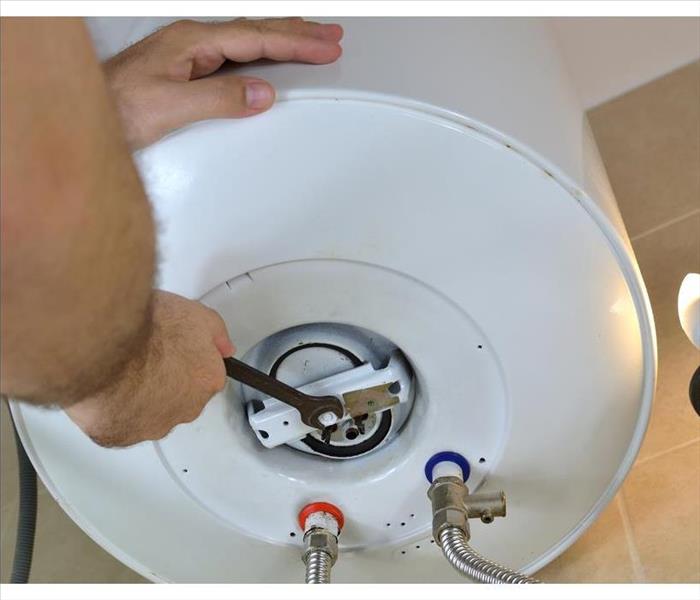Why Did Your Water Heater Spring a Leak After You Flushed It?
1/12/2022 (Permalink)
Flushing a Water Heater
You purchased your home in Northwest Las Vegas, NV, several years ago and recently ran across an article warning of the dangers of sediment building up over time in the bottom of your water heater. So, like any responsible homeowner, you decided to flush the tank on your next day off. Everything went according to plan, and after filling the tank with water, you left the area completely satisfied with your DIY skills.
A week after the water heater flush, you noticed the tank had sprung a leak. It was more of a slow drip, but it still consisted of water leaving the tank and ending up on your floor. What could have caused the new problem?
1. Sinking Sediment
As your heater ages, it can develop tiny cracks in the stressed metal casing. While the sediment at the bottom of the tank is certainly not a good thing, sometimes it can act as a plug for the miniature stress fractures in the metal.
2. Unclogging Holes
When the sediment is removed, the flushing water force can wash away the particles plugging the little holes, allowing the water to escape. Sadly, the size of the hole often determines the nature of the drip and how quickly you need to deal with the problem.
3. Dripping Heater
Once the leak develops, you may wish to contact a water removal specialist to determine what can be done. The professionals can help you determine how best to deal with a leak that is sure to expand over time as the tank ages.
If there is a moral to be had from this example, it is that a water heater that has not been flushed for many years should probably have the sediment removed cautiously by water professionals. On the other hand, if you flush your tank every year or two, keep up the good work!





 24/7 Emergency Service
24/7 Emergency Service
